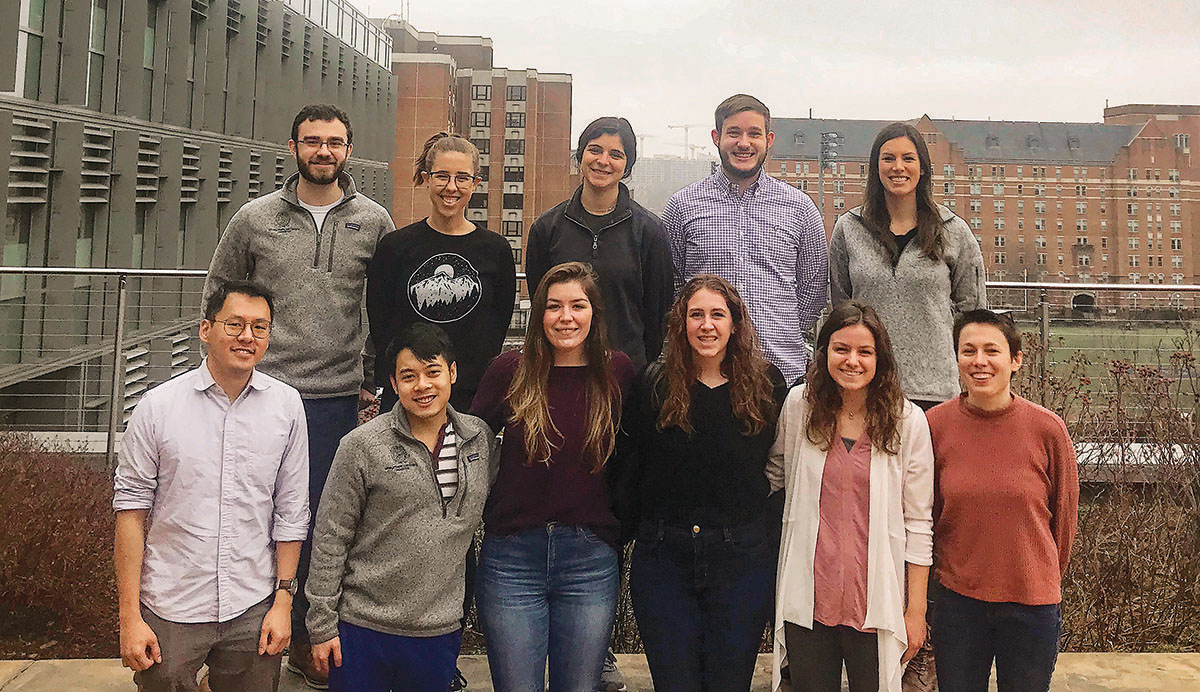Advertisement
Grab your lab coat. Let's get started
Welcome!
Welcome!
Create an account below to get 6 C&EN articles per month, receive newsletters and more - all free.
It seems this is your first time logging in online. Please enter the following information to continue.
As an ACS member you automatically get access to this site. All we need is few more details to create your reading experience.
Not you? Sign in with a different account.
Not you? Sign in with a different account.
ERROR 1
ERROR 1
ERROR 2
ERROR 2
ERROR 2
ERROR 2
ERROR 2
Password and Confirm password must match.
If you have an ACS member number, please enter it here so we can link this account to your membership. (optional)
ERROR 2
ACS values your privacy. By submitting your information, you are gaining access to C&EN and subscribing to our weekly newsletter. We use the information you provide to make your reading experience better, and we will never sell your data to third party members.
Environment
Seal Of Approval
Undergraduate research program boosts collaboration with Louisiana's industry
by Rachel Petkewich
May 19, 2008
| A version of this story appeared in
Volume 86, Issue 20

ARTIE S. MCKIM, director of technology at Gaylord Chemical in Bogalusa, La., noticed in 2005 that some of the company's pharmaceutical customers use dimethyl sulfoxide for substitution reactions involving azides. He suspected that DMSO brought unusual perks to the reactions and that showcasing those benefits in marketing literature could help attract other customers to Gaylord Chemical, the world's largest supplier of DMSO. Although he didn't have the time or resources to examine the reactions, he thought he could get some help from Debra D. Dolliver, a synthetic chemist at Southeastern Louisiana University (SELU), who he knew was working on synthesizing some unique azide derivatives. McKim figured Dolliver and her students might be interested in delving deeper into understanding azides and DMSO. He was right.
Dolliver was a good choice for another reason: She was helping to start a program at SELU that gives undergraduates a chance to do research in collaboration with local companies, as well as to participate in research at the university. The program is now wrapping up its first academic year.
Two of Dolliver's students, Megan Lanier and Jordan Dinser, are SEALs; that is, Student Entrepreneurs as Active Leaders. In this capacity, the two junior chemistry majors have been working on a project with Gaylord Chemical over the past year. Last month, they presented the results of the project at the American Chemical Society national meeting in New Orleans during a poster session hosted by the Division of Chemical Education. In their poster, Lanier and Dinser described the synthesis and characterization of new oxime ether azide compounds made in DMSO via rearrangement reactions. They continue to investigate how the solvent affects isomer distribution of the compounds.
THE SEAL PROJECT is based on Chemengine, a program at Virginia Commonwealth University that gives engineering students experience operating a nonprofit business with industrial clients.
SEAL received initial support under a five-year, $425,000 Post-Katrina Support Fund Initiative grant from the Louisiana Board of Regents. SEAL was organized as part of the state's Applied Polymer Technology Extension Consortium, which was established by the Louisiana Legislature to make university resources more accessible to industry in the state, says David Norwood, a physicist at SELU and principal investigator for the grant. He adds that faculty in any department at the university are encouraged to get involved.
McKim cites multiple benefits due to the collaboration. For example, he networked for Gaylord Chemicals with potential new customers who visited Lanier and Dinser's poster at the ACS meeting. SEAL projects also help attract young scientists of all levels to jobs in Louisiana, which struggled to keep employees even before Katrina hit, he notes.
Lanier and Dinser are both from Louisiana and plan to attend graduate school in chemistry. Lanier is interested in pursuing an industrial career, whereas Dinser wants to become a professor. For Dinser, the important part of the SEAL project is that she can experience how research functions in both industrial and academic settings. Lanier has enjoyed the chance to participate in two SEAL projects, including one with V-Labs, a carbohydrate and polysaccharide consulting firm in Covington, La.
SEAL students work at the university and get paid up to $15 per hour, depending on whether they are a student researcher, a senior student researcher, or a student manager. Dinser is a senior student researcher doing lab work. As a student manager, Lanier does research and, with Norwood, reviews the program's operation and participates in making hiring and budget decisions. It's not tough math, but the task develops a new level of maturity in a 19-year-old who has never seen a program budget, Norwood says. He adds that all SEAL students are required to do some research in the summer and do outreach work with local high schools to "promote the idea that science is part of Louisiana's future."
SEAL had five students in its first year, and more businesses have contacted the program advisers with research questions they would like help answering. For example, fine chemicals giant Albemarle has locations in Louisiana and may be the program's first paying client, Norwood says. Now that projects outnumber the SEALs, he and Dolliver anticipate hiring two more students to start in the fall.






Join the conversation
Contact the reporter
Submit a Letter to the Editor for publication
Engage with us on Twitter